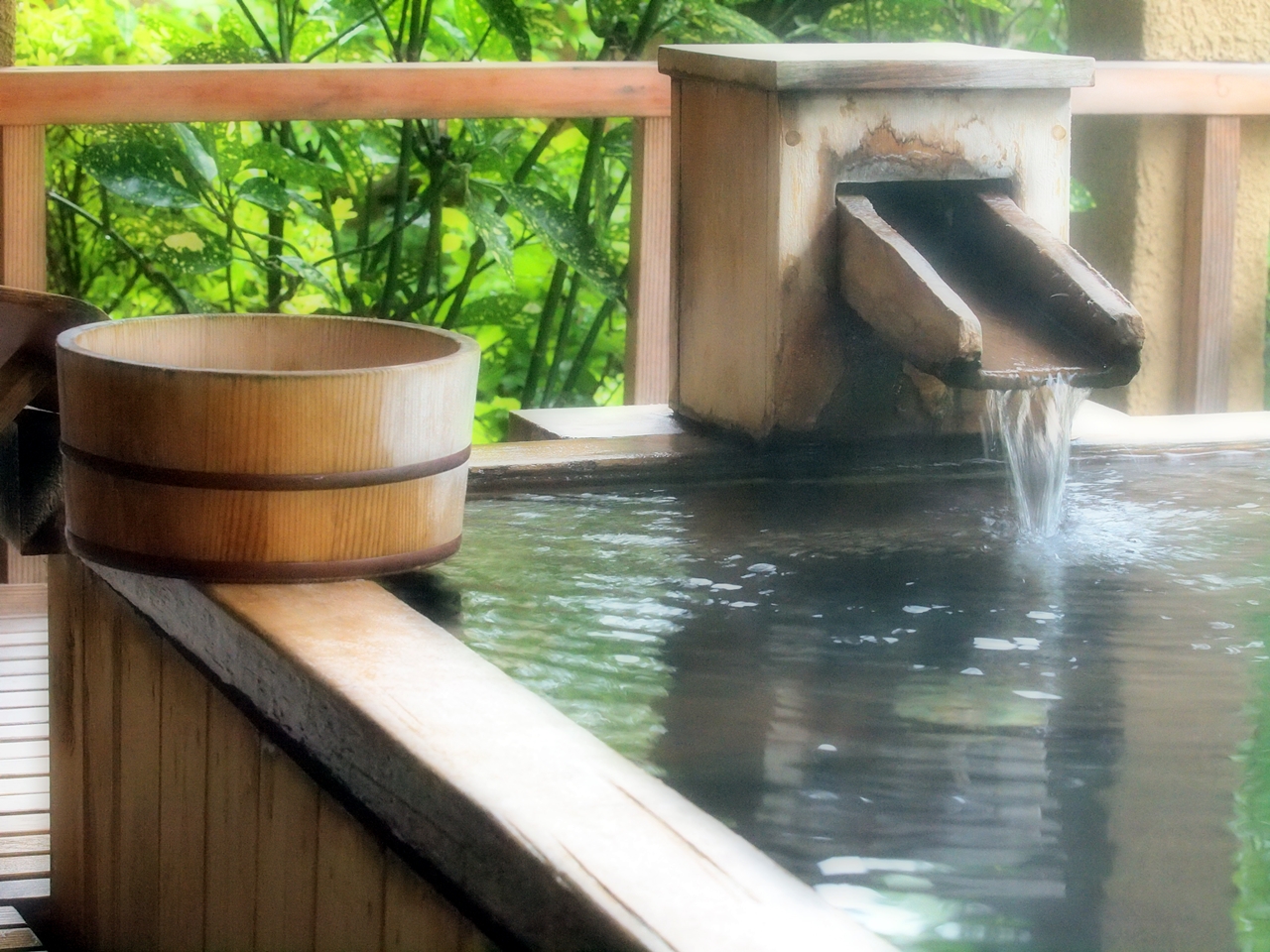Japan’s bathing culture is an integral part of the country’s way of life. From ancient times, taking a bath has been more than just a means to clean the body; it has been an essential part of physical and spiritual purification. In this blog post, we will explore the features and benefits of Japan’s unique bathing culture, as well as the differences between onsen (hot springs) and sentō (public bathhouses).
Features of Japanese Bathing Culture
Japanese baths, also known as ofuro, are usually made of wood or plastic and are deeper than Western-style bathtubs. Japanese people take baths at home every day, usually in the evening, and enjoy soaking in the hot water for 10 to 30 minutes. The water temperature is usually between 39°C and 42°C, and adding bath salts, herbs, or essential oils is common.
Another feature of Japanese baths is that they are often separated from the shower area. People first shower and wash their body outside the bathtub, and then soak in the hot water. This helps keep the bathwater clean and hygienic.
Benefits of Japanese Bathing Culture
Taking a bath in Japan is not only about cleaning the body, but also about relaxing the mind and body. The warm water and peaceful atmosphere of the bath help to reduce stress and promote a sense of calmness. Moreover, soaking in hot water is known to have numerous health benefits, such as improving blood circulation, relieving muscle pain, and reducing inflammation.
In addition, Japanese people believe that taking a bath before going to bed helps to improve the quality of sleep. The warm water and relaxed state of mind make it easier to fall asleep and have a deeper sleep.
Onsen vs. Sentō | 温泉 VS 銭湯
Onsen and sentō are two types of public baths that are popular in Japan. Onsen refers to hot springs, which are natural hot water sources that contain minerals that are beneficial to health. Onsen can be found in various locations throughout Japan, including mountainous areas, seaside resorts, and urban areas. Many onsen also offer outdoor baths, called rotenburo, where visitors can enjoy soaking in hot water while surrounded by nature.
Sentō, on the other hand, are public bathhouses that are typically located in urban areas. Unlike onsen, the water in sentō is not naturally sourced, but is heated and circulated in the bathhouse. Sentō are usually more affordable than onsen, and many offer a variety of baths, such as jet baths, sauna, and cold baths.
In conclusion, Japan’s bathing culture is unique and deeply rooted in the country’s traditions and way of life. Whether you prefer the natural beauty of onsen or the convenience of sentō, taking a bath in Japan is an experience that everyone should try at least once.



コメント